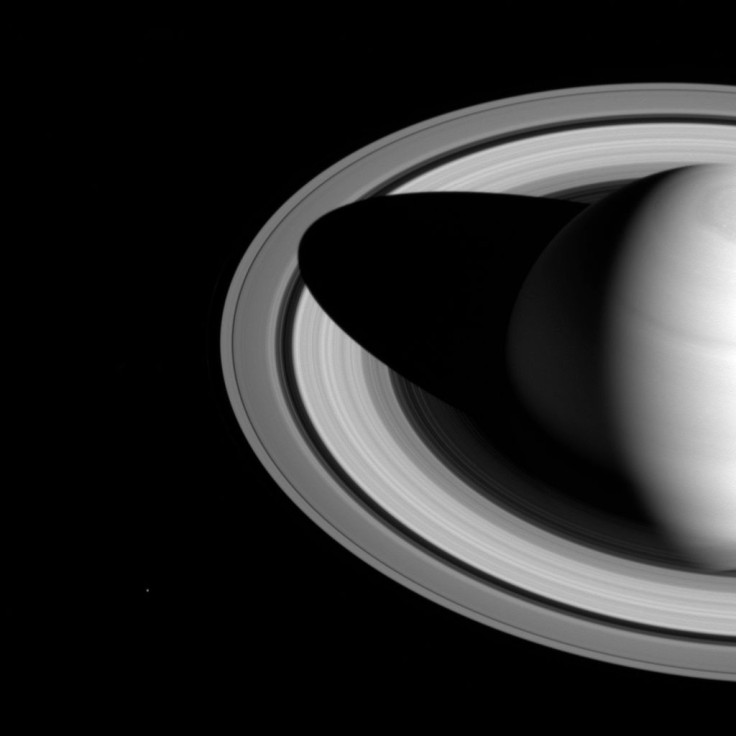Saturn Mystery Solved: Here's How Long A Day On The Planet Lasts

A mystery about Saturn has finally been solved after scientists figured out how long a day lasts on the ringed gas giant.
Before its destruction in September, NASA's Cassini spacecraft provided important data about Saturn for decades, along with its predecessor Voyager. The data from the Cassini mission became the basis for new research published in The Astrophysical Journal that revealed the actual length of a day on Saturn. A day on the planet apparently lasts for 10 hours, 33 minutes and 38 seconds, which has a difference of several minutes from previous estimates.
In a statement, Cassini project scientist Linda Spilker said that Saturn's rings "held the answer" to the question all along. "The researchers used waves in the rings to peer into Saturn's interior, and out popped this long-sought, fundamental characteristic of the planet. And it's a really solid result," she explained.
While it may seem like an easy thing to measure the length of a day on a planet, it's actually difficult to pin down a precise day length for a gaseous planet like Saturn. This question has apparently stumped scientists for decades as they cannot observe steady landmarks through the clouds, which is what they usually do for rocky planets.
The tilt of a planet's magnetic field can also be used to get the exact time frame of one spin around its axis, but this could not be applied to Saturn as the gas giant's field aligns nearly perfectly with its rotation axis.
Previous calculations for the day length fell between 10 hours, 36 minutes and 10 hours, 48 minutes, but scientists could not give an exact number.
However, scientists who published the latest research on this took a different approach by observing the rings rather than Saturn itself. The idea is not exactly new as it was initially suggested back in 1982. However, at the time, scientists did not have the data to determine if this would work.
As for how exactly they measured the day length of Saturn using the planet's rings, Christopher Mankovich, the research's lead author and a graduate student in astronomy at the University of California, Santa Cruz, explained that Saturn's rings cause small changes in the planet's gravitational field as they spin. When the small changes ripple out to the chunks of ice in the rings around Saturn, they produce small waves that scientists could observe and measure.
"Particles throughout the rings can't help but feel these oscillations in the gravity field," he said in a statement. "At specific locations in the rings, these oscillations catch ring particles at just the right time in their orbits to gradually build up energy, and that energy gets carried away as an observable wave."
© Copyright IBTimes 2025. All rights reserved.



















